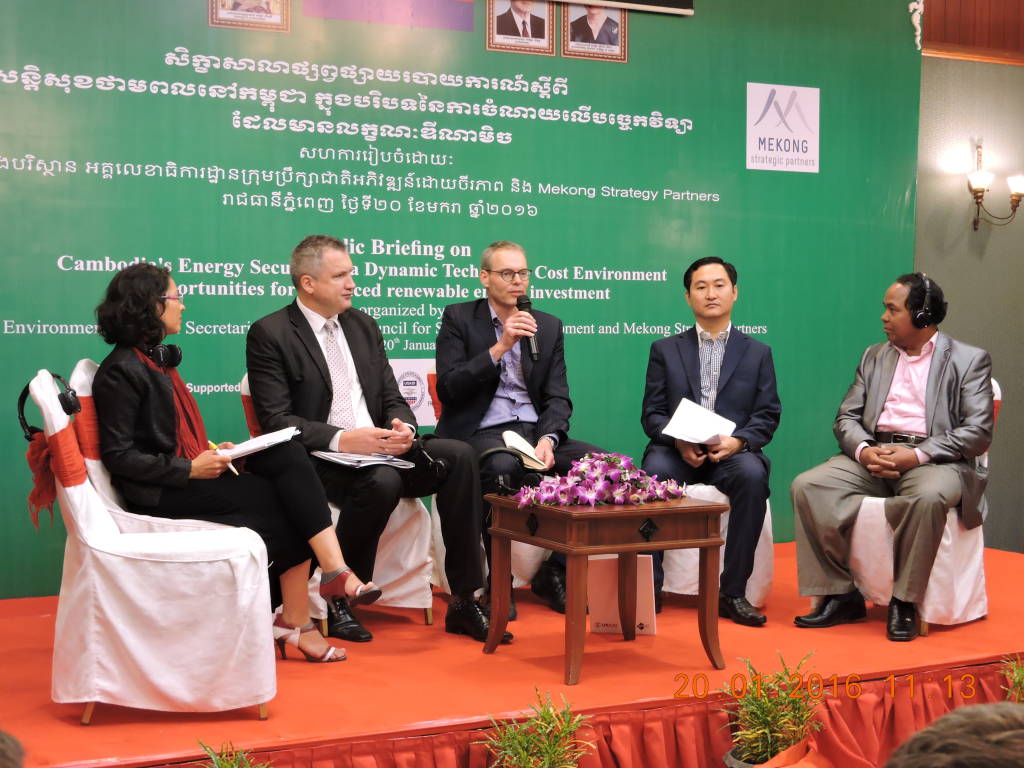China is more closely involved in cross-border cooperation on hydropower and water management after the six countries that share the Mekong River signed a landmark agreement late last year.
While more needs to be done between these countries to resolve disputes and encourage transparency over dam building and shared water management, the agreement signals a greater willingness to discuss areas of discord that have soured relations in the region in the past.
During their meeting in in China’s southern province of Yunnan in November 2015, the foreign ministers of China, Myanmar, Laos, Thailand, Cambodia, and Vietnam launched the Lancang-Mekong Cooperation Mechanism (LMCM), an initiative pitched at the November 2014 Summit Meeting between China and the Association of Southeast Asian Nations (ASEAN) in Naypyidaw, Myanmar.








